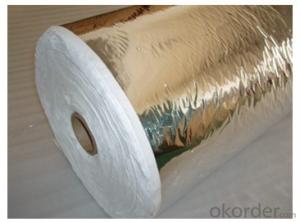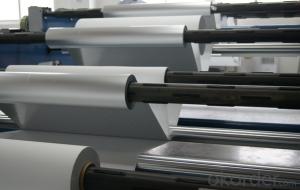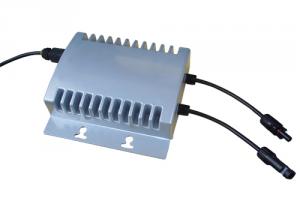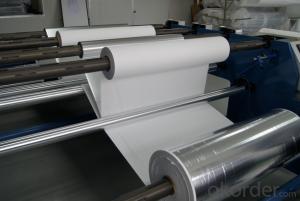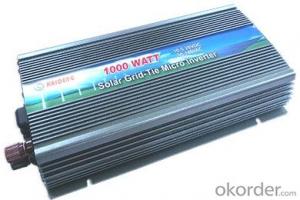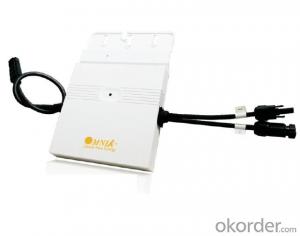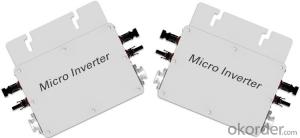Petra Solar Micro Inverter
Petra Solar Micro Inverter Related Searches
Cryogenic Pipe Insulation Fiberglass Wall Insulation 2 Inch Styrofoam Insulation Sheets R49 Fiberglass Insulation Home Insulation Contractors 4 Inch Styrofoam Insulation Indoor Window Insulation Melamine Coated Paper Fiberglass Roof Shingles Pe InsulationHot Searches
Type Of Inverter For Solar Types Of Inverter For Solar Used Solar Inverter For Sale Inverter Size For Solar System Solar Edge Inverter For Sale 5kw Solar Inverter For Sale Solar Inverter For Sale Solar Inverter For Battery Solar Inverter For Split Ac Solar Inverter For Laptop Solar Inverter For Fridge Solar With Inverter Price Solar Inverter With 2 Battery Solar Inverter Price In China Best Solar Inverter In China Solar Inverter Price In Dubai Solar Inverter Price In Uae Solar Inverter Price In Kenya Solar Inverter Price In Kerala Solar Hot Water Collectors For SalePetra Solar Micro Inverter Supplier & Manufacturer from China
Okorder.com is a professional Petra Solar Micro Inverter supplier & manufacturer, offers integrated one-stop services including real-time quoting and online cargo tracking. We are funded by CNBM Group, a Fortune 500 enterprise and the largest Petra Solar Micro Inverter firm in China.Hot Products
FAQ
- Grid support or anti-islanding function is the process by which a solar inverter manages voltage and frequency variations resulting from grid faults. It promptly detects disturbances, such as sudden drops or spikes in voltage or frequency, and responds accordingly. To address voltage variations, the solar inverter incorporates a voltage control mechanism. It continuously monitors the grid voltage and adjusts its own output voltage to match the grid level. In the event of a voltage drop or spike due to a grid fault, the inverter adjusts its output voltage to maintain a stable and secure operating condition. This safeguards both the solar system and the grid from potential harm. Similarly, the solar inverter handles frequency variations caused by grid faults. It constantly monitors the grid frequency and adjusts its own output frequency to align with the grid. If a grid fault results in a sudden frequency change, the inverter responds by adjusting its own frequency. This ensures the solar system remains synchronized with the grid and continues to provide uninterrupted power supply. Furthermore, solar inverters are equipped with anti-islanding protection. This feature enables them to quickly disconnect from the grid in the event of a grid fault. This safety measure prevents the solar system from supplying power to a faulty grid, thus minimizing risks to utility workers during repair. In summary, the solar inverter's capacity to handle voltage and frequency variations caused by grid faults is vital for the efficient and safe operation of a solar power system. By continuously monitoring and adjusting its output to match grid conditions, the inverter guarantees a stable and reliable power supply while keeping the solar system in sync with the grid.
- To connect a solar inverter to the electrical grid, you need to follow a few steps. Firstly, you need to ensure that your solar inverter is compatible with grid connection. Then, you'll need to install an AC disconnect switch and connect it to your main electrical panel. Next, connect the solar inverter output to the AC disconnect switch using appropriate wiring. Finally, hire a licensed electrician to inspect and connect the inverter to the utility meter or main electrical service panel, ensuring compliance with local regulations and safety standards.
- Yes, a solar inverter can be connected to a backup battery system. This allows the solar energy generated during the day to be stored in the backup battery system and used during times when the sun is not shining or during power outages.
- The role of a galvanic isolation circuit in a solar inverter is to provide a barrier of protection between the high-voltage DC input from the solar panels and the low-voltage AC output. It ensures electrical safety by isolating the input and output circuits, preventing any direct electrical connection or potential leakage current. This isolation helps to prevent electrical faults, ground loops, and potential damage to the solar inverter or connected equipment, while also reducing the risk of electrical shock.
- The maximum number of AC outputs in a solar inverter varies depending on the model and design of the inverter. Some solar inverters may have a single AC output, while others can have multiple AC outputs, ranging from two to four or even more.
- The role of a grid protection relay in a solar inverter is to monitor the performance and safety of the grid connection. It helps to ensure that the solar inverter operates within the specified parameters and protects the grid from any potential issues such as overvoltage, undervoltage, or frequency deviations. The relay acts as a safeguard by quickly disconnecting the solar inverter from the grid in case of any abnormalities, preventing any damage to the inverter or the grid itself.
- Yes, a solar inverter can be used with a solar-powered pool heating system. The solar inverter is responsible for converting the direct current (DC) electricity generated by the solar panels into alternating current (AC) electricity that can be used to power the pool heating system. By connecting the solar inverter to the solar panels and the pool heating system, the solar energy can be efficiently harnessed and utilized to heat the pool.
- A solar inverter converts DC power to AC power by using a two-step process. Firstly, it takes the direct current (DC) electricity generated by the solar panels and converts it into alternating current (AC) electricity. This is done by using electronic components, such as transistors and capacitors, to mimic the characteristics of AC electricity. Secondly, the inverter adjusts the converted AC power to match the desired voltage and frequency of the electrical grid, ensuring compatibility with the appliances and devices that will use the electricity.


